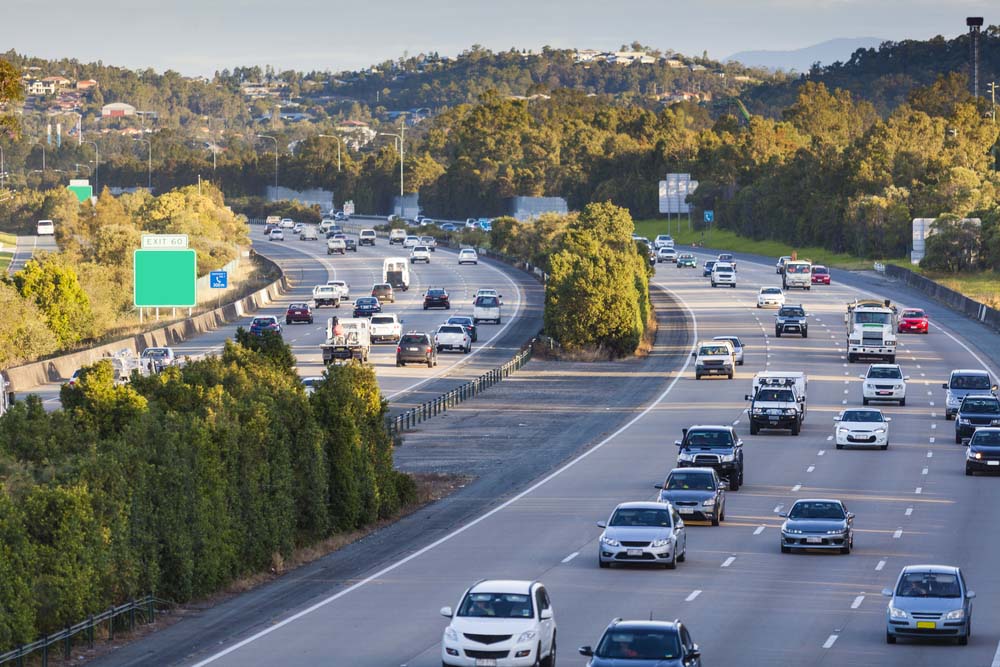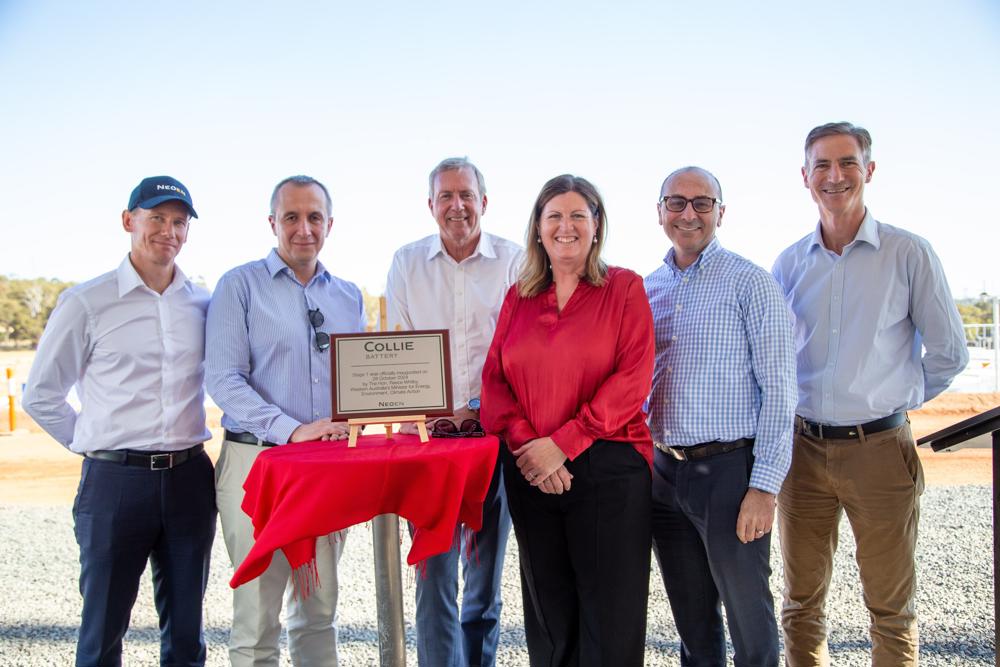
A $3 million grant from the Australian Government promises to make it possible for trucks and buses to wirelessly charge while travelling on the highway — boosting the country’s electric vehicle industry.
In a world-first, the Swinburne University of Technology-led project aims to implement an embedded dynamic wireless charging technology into roads, unlocking the uptake of electric heavy vehicles.
Ensuring that large vehicles have adequate charge when carrying high loads or travelling long distances has proven to be a major challenge to electrification — which could save Australia $324 billion by 2050 and contribute to a cleaner, safer, and more efficient transportation industry.
Project Leader and New Energy Technology Research Group Professor Mehdi Seyedmahmoudian said: “By seamlessly integrating dynamic wireless charging systems into our road infrastructure, we are setting the stage for a transformation in the heavy vehicle industry.”
The $8.2 million prototype for embedding advanced wireless charging infrastructure on regional roads was funded by the Australian Government’s Cooperative Research Centres Projects (CRC-P) Grants scheme, supporting short-term collaborative research projects.
The project is a collaboration between ACE Infrastructure, SEA Electric, Fleet Plant Hire, Royal Melbourne Institute of Technology, Siemens, ARRB Group, and Net Zero Stack — and is the outcome of several years of study conducted by world-leading researchers and PhD students at Swinburne’s New Energy Technologies Research Group.
Working alongside this group are Chief Investigators Distinguished Professor in Electrical Renewable Energy Saad Mekhilef and Dean of School of Science, Computing and Engineering Technologies Professor Alex Stojcevski.
Professor Stojcevski said the project will bridge the gap between research and the real world.
“We are thrilled to be providing a platform for researchers to collaborate with leading industry partners and contribute to real-world solutions in the development of sustainable and innovative energy solutions for the future of transportation.”










